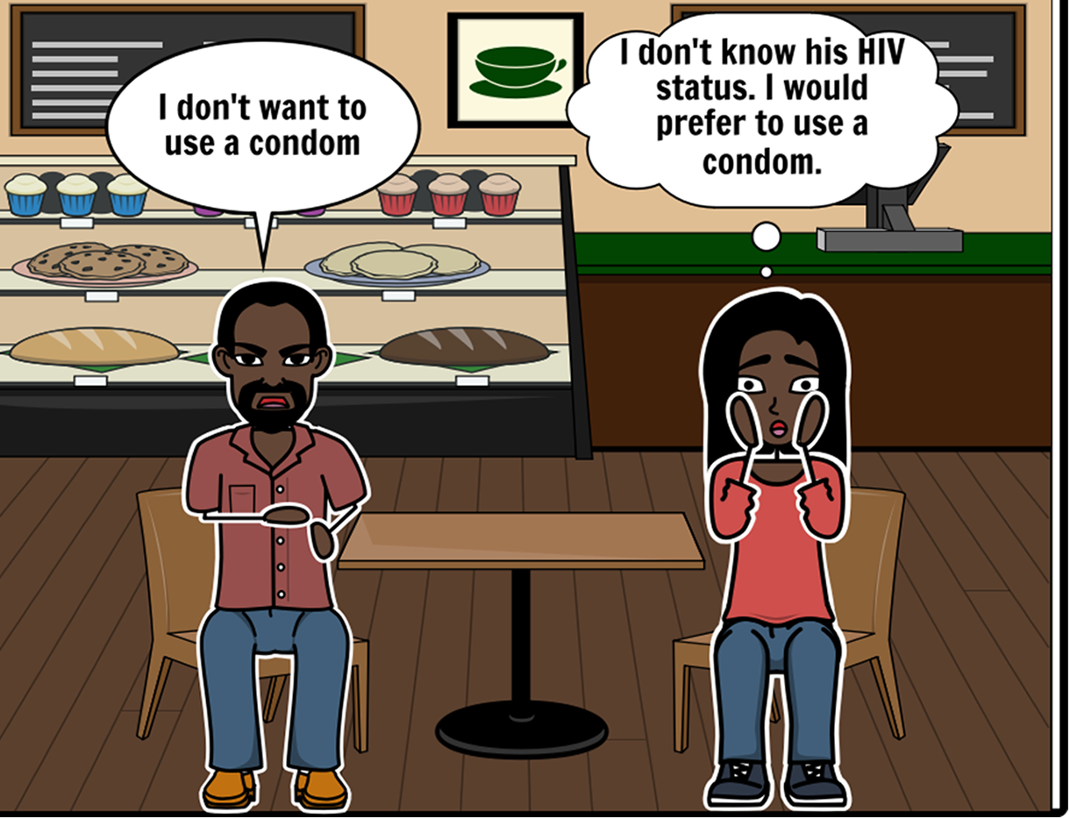Youth HIV prevention
|
Large numbers of women continue to get infected with HIV in their late teens and early 20s in sub-Saharan Africa despite local availability of effective methods for HIV prevention including condoms, voluntary medical male circumcision (VMMC), and pre-exposure prophylaxis (PrEP).
With support from the National Institute of Mental Health, the Manicaland Centre will draw on the novel concept of HIV prevention cascades and innovative methods from behavioural economics and community psychology to develop new knowledge about how individual factors (such as knowledge, self-efficacy and risk perception) and external factors (such as peer pressure and social norms) work together to influence and impede use of prevention strategies by young women and their male partners. Similar methods will be applied to develop and test new interventions to increase use of HIV prevention strategies in these groups; and the potential for such approaches to reduce infections at the population level and to be cost-effective will be assessed. Expected outcomes include identification of drivers of risks and bottlenecks in HIV prevention for adolescent girls and young women (AGYW); preliminary data on the acceptability, feasibility, impact and cost of behavioural economics and community psychology interventions to strengthen HIV prevention; and estimates of the population-level impact and cost-effectiveness of these interventions if they were to be scaled-up. |

